Of all the legends of Scotland, surely the legend of the Loch Ness monster is the best known. And there are already many who have come to Loch Ness with the intention of spotting Nessie in its dark waters. Admit it. You too would like to see it emerge from the waters of this deep lake in Inverness with its elongated neck and large dimensions. The truth is that we do not know if on your trip to Scotland you will meet this legendary marine creature, but what we do know is that its history and its environment will not leave you indifferent at all. Do you want to know everything about the legend of the Loch Ness monster? Keep reading! We tell you in depth the story of Nessie.
Does the Loch Ness monster exist?
This is the great unknown that still remains today. There are those who define themselves as strong defenders of its existence and who are determined to find explanations for the multiple sightings that took place throughout the centuries. Like, for example, that what people say to be Nessie are actually logs, birds, fish and even waves. See if there is controversy, that there are even skeptics who dare to affirm that the legend of this mysterious creature is only maintained to attract tourism and favor local folklore. Whether it exists or not, the Loch Ness monster has been arousing curiosity for centuries and there are already many who have launched into trying to verify its existence. Some do it simply by sitting and watching the lake, hoping that from one moment to another Nessie will decide to make an appearance. Others have gone further, such as the cases that we detail below:
Operation Deepscan: It was carried out in 1987 and the goal was to search the lake for "something big that moves." It lasted three days, and two dozen sonar boats moved across Loch Ness, eventually finding no sign of Nessie.
The BBC's Attempt: In 2003, the BBC had 600 sonar beams scan the lake with optimal precision, trying to prevent the creature from hiding behind any rock. In this case, they also found nothing extraordinary beyond a buoy hooked a few meters below the surface.
The analysis of the waters of Loch Ness: recently, in 2018, a team of scientists led by Neil Gemmell announced that they were going to study the waters of Loch Ness in order to study the species that live there and verify the existence of the legendary monster . Will they find it?
Loch Ness Monster Sightings and Photos

The peak period for Nessie sightings was the 1930s, although there are several much older documents that seem to refer to this legendary creature. Based on them, the first sighting of the Loch Ness monster can be located in the 6th century, at the time of Saint Columba. According to the Life of Saint Columba, when the saint was walking by the lake, he saw how they buried a man who died after being bitten by a monster that was in the lake. As he walked through those parts, the creature launched itself to attack another man who was swimming in the lake. The saint made the sign of the cross, scolded him, and ordered him to turn around. The monster obeyed at the moment as if they were pulling it with ropes.
Throughout history, they have given Nessie many shapes, the most typical being the classic image of the plesiosaur. Some defined it as a kelpie, a mythological creature in the shape of a horse. In 1868, it was announced in the Inverness Courier that a fish of strange morphology and large dimensions had been seen in Loch Ness. In 1930 another newspaper, the Northern Chronicle, announced the sighting of a rare and enormous creature in the lake, which was followed by the testimony of K. MacDonald, in 1932, who claimed to have seen an unusual crocodile in the Loch Ness. In 1933, the Inverness Courier referred to the creature for the first time as a "monster", announcing that a couple had seen it. The following year, Arthur Grant claimed to have come across the monster on the road. It was here that his image began to be associated with that of a plesiosaur.
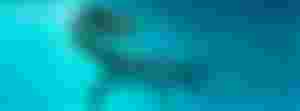
But 1934 wasn't a pivotal year for Nessie just to start being linked to a plesiosaur. In that same year the supposed first photograph of Nessie was published in the Daily Mail. At that time, its authorship was awarded to surgeon R. K. Wilson and it spread around the world as conclusive proof of the existence of the Loch Ness monster. Six decades later its falsehood was exposed. The photo had been a montage of Marmaduke Wetherell, who, apparently, was seeking revenge for a joke that had been made on him in the Daily Mail. The peculiar being that appears in the photo that has gone around the world is nothing more than a submarine toy with a clay figure glued on top. But then why did he ask the surgeon to post the photo and he didn't do it directly? Clearly to get more credibility.
But the thing did not stop there. In 1972, an underwater photo of a group of seekers led by Robert Rines was intended to make it clear that Nessie existed. For their expedition they used a radar and arrived with their underwater camera with high power light until the darkness of the deep waters of the lake. One of the many photographs that they took, in which a figure similar to a plesiosaur was appreciated, revealed what looked like a rhomboid fin, irrefutable proof of the existence of the legendary monster.
The news was so credible that, three years later, naturalist Sir Peter Scott gave Nessie his own scientific name, Nessiteras rhombopteryx, and included it in the British register of protected fauna. If you were getting excited that then it is clear that it is real, let us tell you that, if you change the order of the words, the sentence says monster hoax by Sir Peter S, which has been something like "joke monster made by Sir Peter S ». But what about the photos? At that time the modification and retouching of photographs was already carried out and this was one more test of what could be done with a computer. 😉
Until 2014, there appeared to be no sign of any more sightings of Nessie. Until Andrew Dixon, with the help of Apple Maps, managed to discover the most legendary monster in history. At a first glance at Loch Ness, he didn't see anything unusual, but when he zoomed in, he found a strange silhouette, which seemed to correspond to the figure of the famous creature. Eventually, it was discovered that it belonged to the wake of a moving ship, specifically that of the Jacobite Spirit.
Two years later, a stir was once again around this legend, when what appeared to be Nessie was found at the bottom of the lake. And Nessie was ... but the huge model they had used in the movie The Private Life of Sherlock Holmes, which had sunk during filming.
¿ Can the Loch Ness Monster be real?

Although, at the moment, there is no conclusive evidence of the existence of Nessie, it is not ruled out that some marine creature has existed in its deep waters. In fact, there are several hypotheses about what kind of animal we can find in the deep waters of Loch Ness.
A prehistoric plesiosaur
Surely the first image that comes to mind when you think of Nessie is precisely this: that of a prehistoric plesiosaur with a very long neck, a tiny head, a large body and four fins. This is the description that is made of it in most of the sightings, but the truth is that it is not easy to fit it with reality. Apparently, these types of animals came to the surface to breathe, so, if they existed, they would be seen more frequently. In addition, for a Nessie to still exist in the waters of Loch Ness, a colony of them would be needed and taking into account that the dimensions of the Scottish lake are not enough to feed an entire colony and that it was totally frozen in the Würm , things do not look easy. However, the defenders of its existence emphasize the exit from Loch Ness to the sea, which would allow the animal to come and go as it pleased.
A horse, an elephant, a sturgeon ...
Some of the sightings described other types of animals, such as kelpie. Other shapes match the description of an elephant. There are those who spoke of a huge fish that could well correspond to a giant sturgeon or even a boreal shark. They also affirm that it is all a pareidolia, a psychological phenomenon whereby the mind responds to a visual or auditory stimulus by perceiving something that is not really there.
Loch Ness Monster Series and Movies
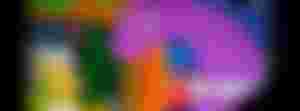
Of course, the image of Nessie you have in mind is not the result of chance or that you have read many Scottish legends. In large part it is due to television series, movies and even video games. And is that Nessie had great roles on the screen, like these:
The Simpsons: In the Monty Can’t Buy Me Love chapter, Mr. Burns has Nessie captured, something they achieve by draining Loch Ness. After a series of events, we see Nessie as an employee in the casino, something that does not seem to please the Scots much ...
Phineas and Ferb: in the chapter The monster from the lake of noses, the protagonists meet Nessie.
Scooby Doo and the Loch Ness Monster: in this movie we see how they try to unravel the mystery of Nessie, who surprises us as a machine.
Futurama: Bender’s Big Score: in this movie we also meet Nessie, who, this time, is made up of a mask and a log.
The private life of Sherlock Holmes: here we can enjoy the mystery of the monster revealed when Watson and Holmes go to Scotland to investigate the death of a beautiful woman's husband.
My monster and me: the most tender part of Nessie appears in this film, in which he is raised from a young age by a Scottish boy.
Panic at the Lake: If you prefer horror, you will like more this cinematic option in which a man seeks revenge on the lake monster that killed his father.
Tomb Raider - The Lost Artifact: on this occasion, you will be able to accompany Lara Croft on her trip to Scotland and learn about the two versions of Nessie, the robotics and the real one.
Super Mario 64: in one level of this video game you will find Nessie, although here they will call her Dorrie.
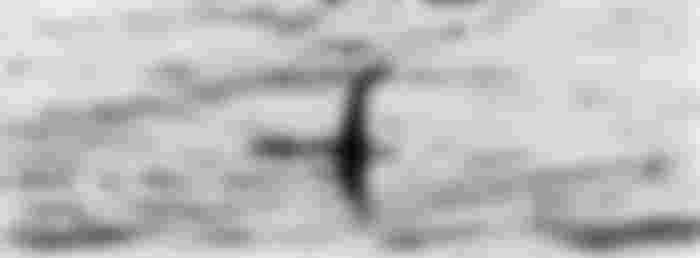
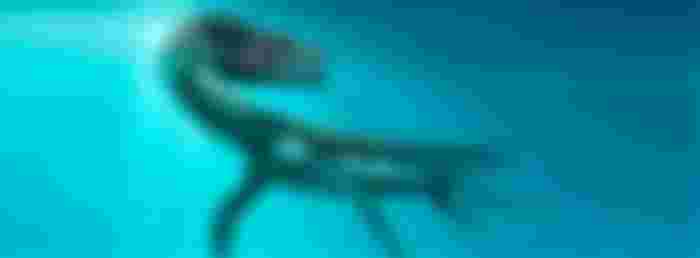
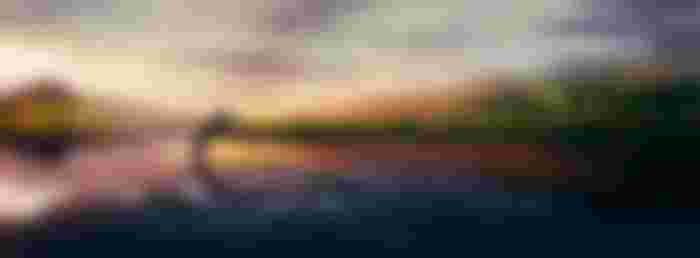
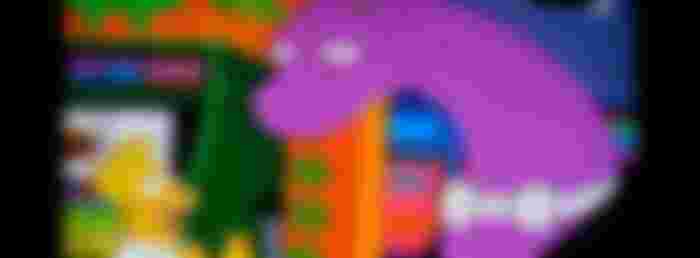
I enjoyed your article, I think maybe there could be caves underneath loch ness were nessie could hide away, it is such a vast lake even a sonar scan would not be able to cover everywhere. Must be more than one nessie though, perhaps a small colony hidden in a vast unknown cave network beneath the loch and they just need to surface occasionally, hence all the sightings.